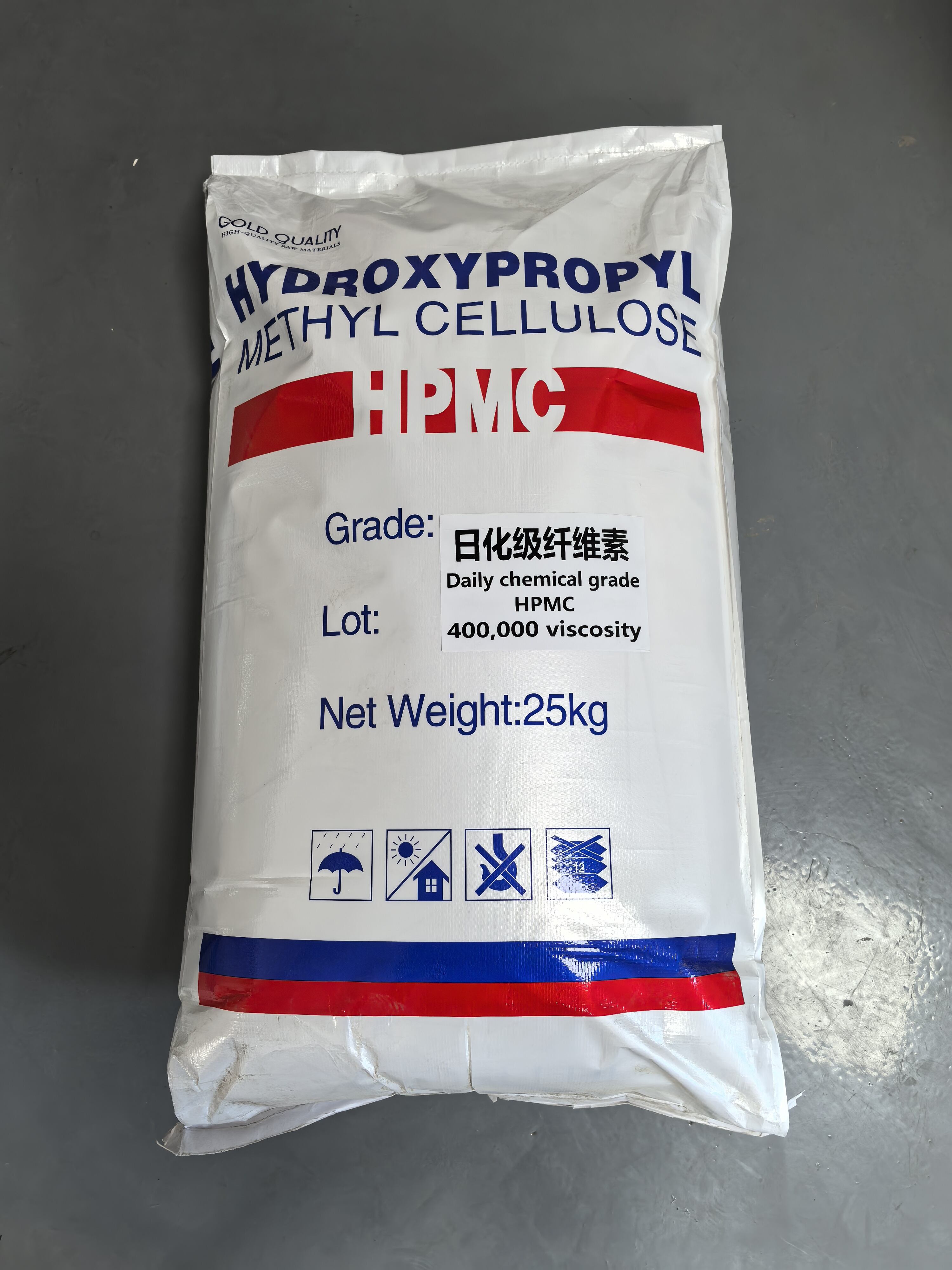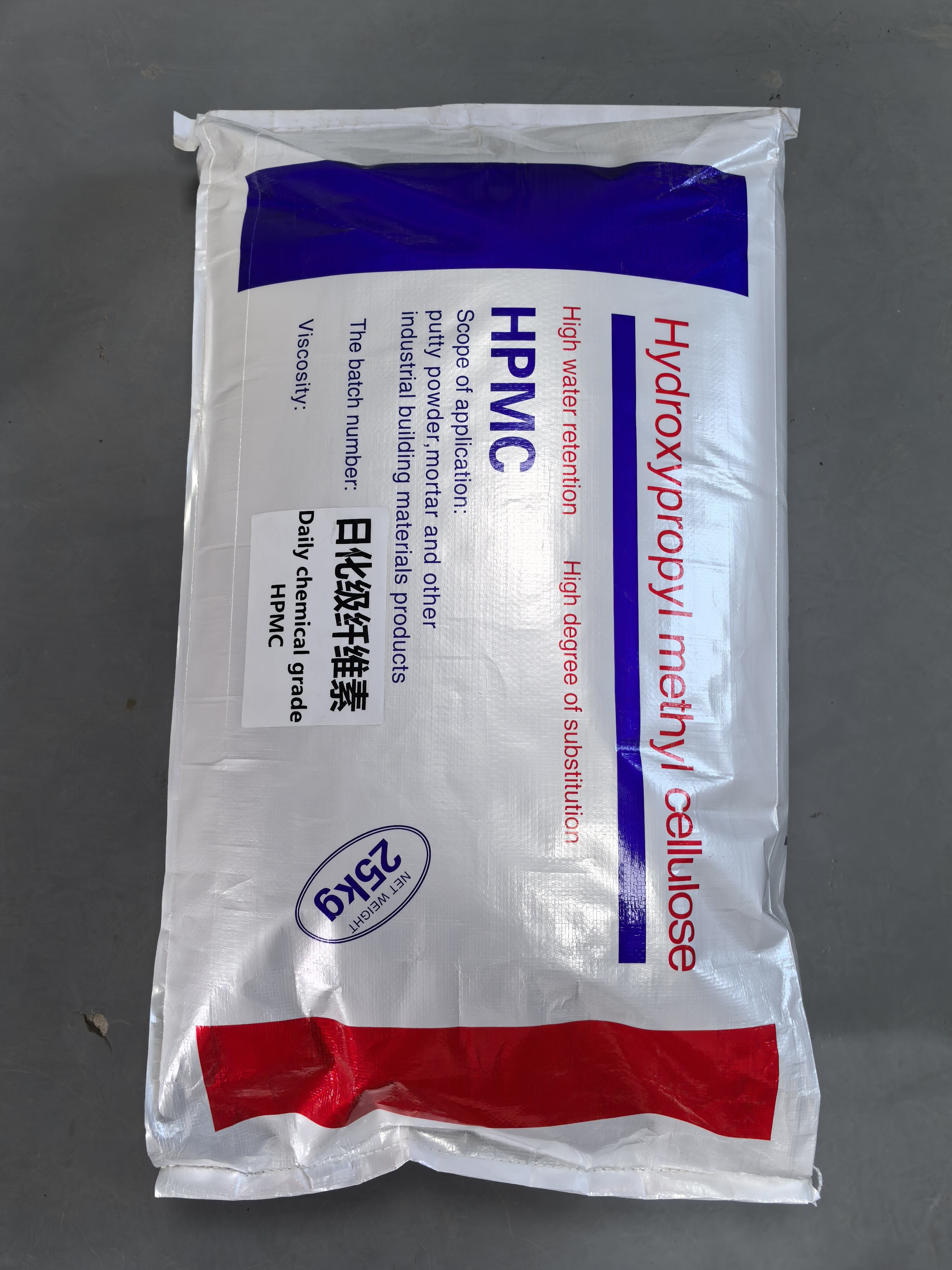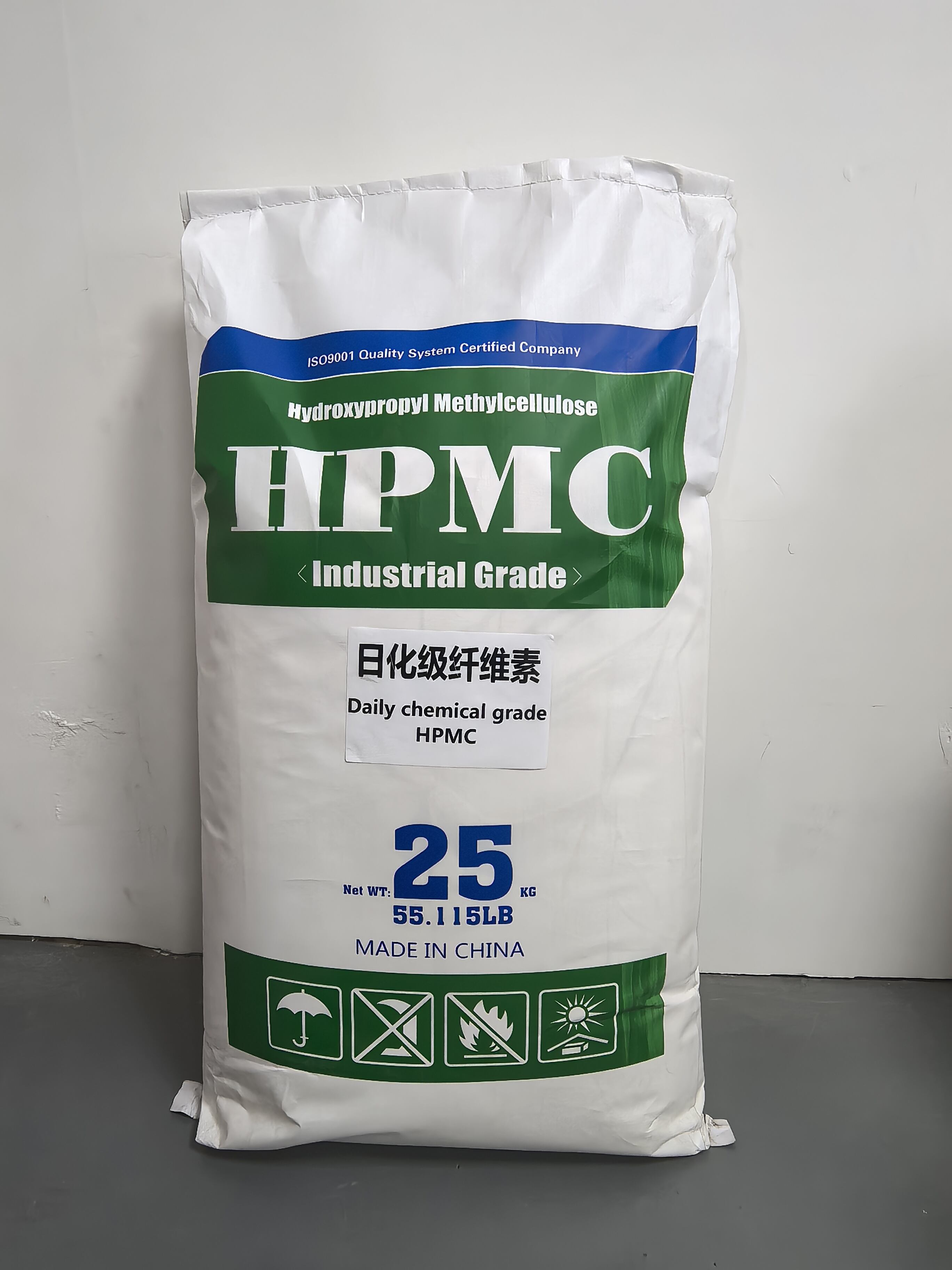hpmc uses in detergent
HPMC (Hydroxypropyl Methylcellulose) serves as a crucial additive in modern detergent formulations, offering multiple functional benefits that enhance cleaning performance. This versatile polymer acts as a protective colloid, stabilizing agent, and thickener in various detergent applications. In liquid detergents, HPMC helps maintain uniform viscosity and prevents ingredient separation, ensuring product stability during storage and use. The compound creates an optimal rheological profile that enables proper flow characteristics while preventing settling of active ingredients. HPMC's water-retention properties help maintain moisture balance in powder detergents, preventing caking and ensuring proper dissolution when used. Its film-forming capabilities contribute to better adherence of cleaning agents to surfaces, improving the overall cleaning efficiency. The material's ability to function across different pH levels and temperature ranges makes it particularly valuable in both household and industrial detergent formulations. Additionally, HPMC's biodegradability aligns with growing environmental concerns, making it an increasingly popular choice for eco-friendly detergent manufacturers. The polymer's capacity to enhance suspension stability and control rheology has made it indispensable in modern detergent manufacturing processes.


